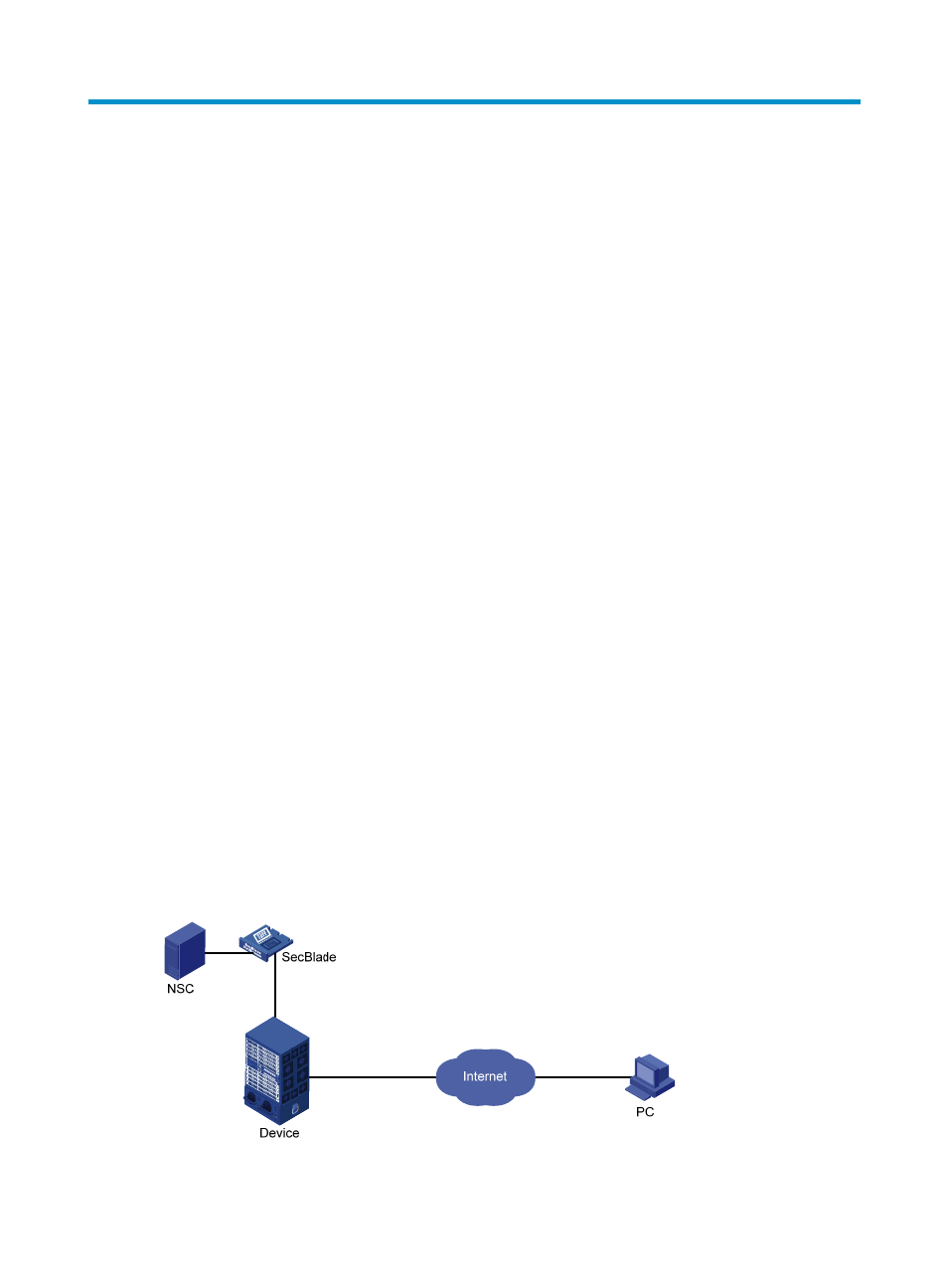Ftp configuration, Ftp overview, Introduction to ftp – H3C Technologies H3C SecBlade NetStream Cards User Manual
Page 224: Operation of ftp

209
FTP configuration
This chapter includes these sections:
•
•
•
•
Displaying and maintaining FTP
FTP overview
Introduction to FTP
The File Transfer Protocol (FTP) is an application layer protocol used to share files between server and
client over a TCP/IP network.
FTP uses TCP ports 20 and 21. Port 20 is used to transmit data, and port 21 is used to transmit control
commands. For more information about FTP basic operations, see RFC 959.
FTP transfers files in the following modes:
•
Binary mode: Transfers files as raw data, like .app, .bin, and .btm files.
•
ASCII mode: Transfers files as text, like .txt, .bat, and .cfg files.
Operation of FTP
FTP adopts the client/server model. Your device can function either as the client or the server, as shown
in
.
•
When SecBlade serves as the FTP client, a user can telnet to it from a PC, and execute the ftp
command to establish a connection to the remote FTP server on the PC to upload/download files
to/from the PC.
•
When SecBlade serves as the FTP server, a user can FTP to SecBlade from a PC that runs the FTP
client and upload/download files to/from SecBlade.
Figure 66 Network diagram for FTP